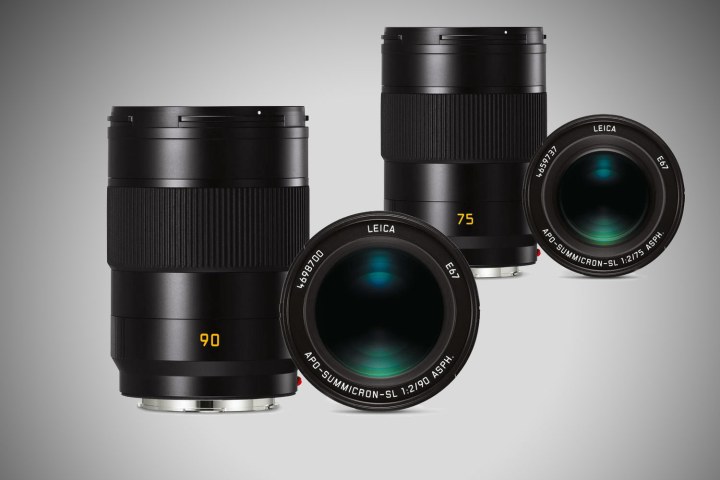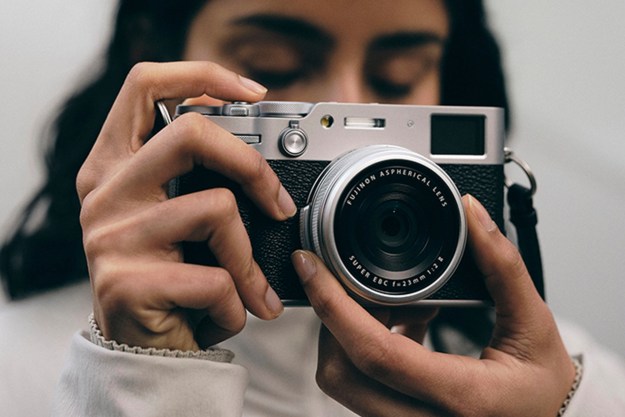
The two telephoto primes are clearly made with portrait photographers in mind. According to Leica, the 75mm “captures exceptional natural portraits” while the longer 90mm will yield a shallower depth of field and introduce more compression distortion, a flattering effect suitable for headshots and other single-subject portraits.
Leica also citess the new autofocus stepper motors and Dual Synchro Drive (DSD) as being a boon for portraiture, making it easier for photographers to capture the decisive moment. The DSD system is capable of moving the focus element from minimum to maximum focus in just 250 milliseconds. The SL is Leica’s first full-frame mirrorless camera to include autofocus, and this is a key differentiator between it and the more established M rangefinder system.
As the APO label designates, both the 75mm and 90mm are apochromatic lenses, meaning they are designed to focus red, green, and blue light to the same point. This should mean a significant reduction in chromatic aberration, or color fringing, over non-APO lenses. As chromatic aberration is most noticeable at wide apertures, this further helps these lenses in portrait situations, where wide apertures are often preferred in order to create a shallow depth of field.
Despite a 15mm difference in focal length, both lenses are quite similar in terms of their outward appearance and physical design. Each is built with 11 elements in nine groups, measures 102 millimeters long by 73mm wide, and have similar weight (720 grams for the 75mm, 700 for the 90mm). There’s a bit more difference in the price, with the 75mm coming in at $4,750, while the 90mm will cost $5,150.
According to Leica, the SL lens selection will expand even further later this year, with the Summicron 35mm f/2 and APO-Summicron 50mm f/2 arriving in the second half of the year.
Editors' Recommendations
- Canon’s affordable new full-frame mirrorless lenses are exactly what it needed
- Leica SL2 vs Panasonic Lumix S1R: Two L-mount leaders with one big difference
- Leica’s new 50mm lens will set you back $4,500, because Leica




